What is Uniswap Exchange and UNI token?
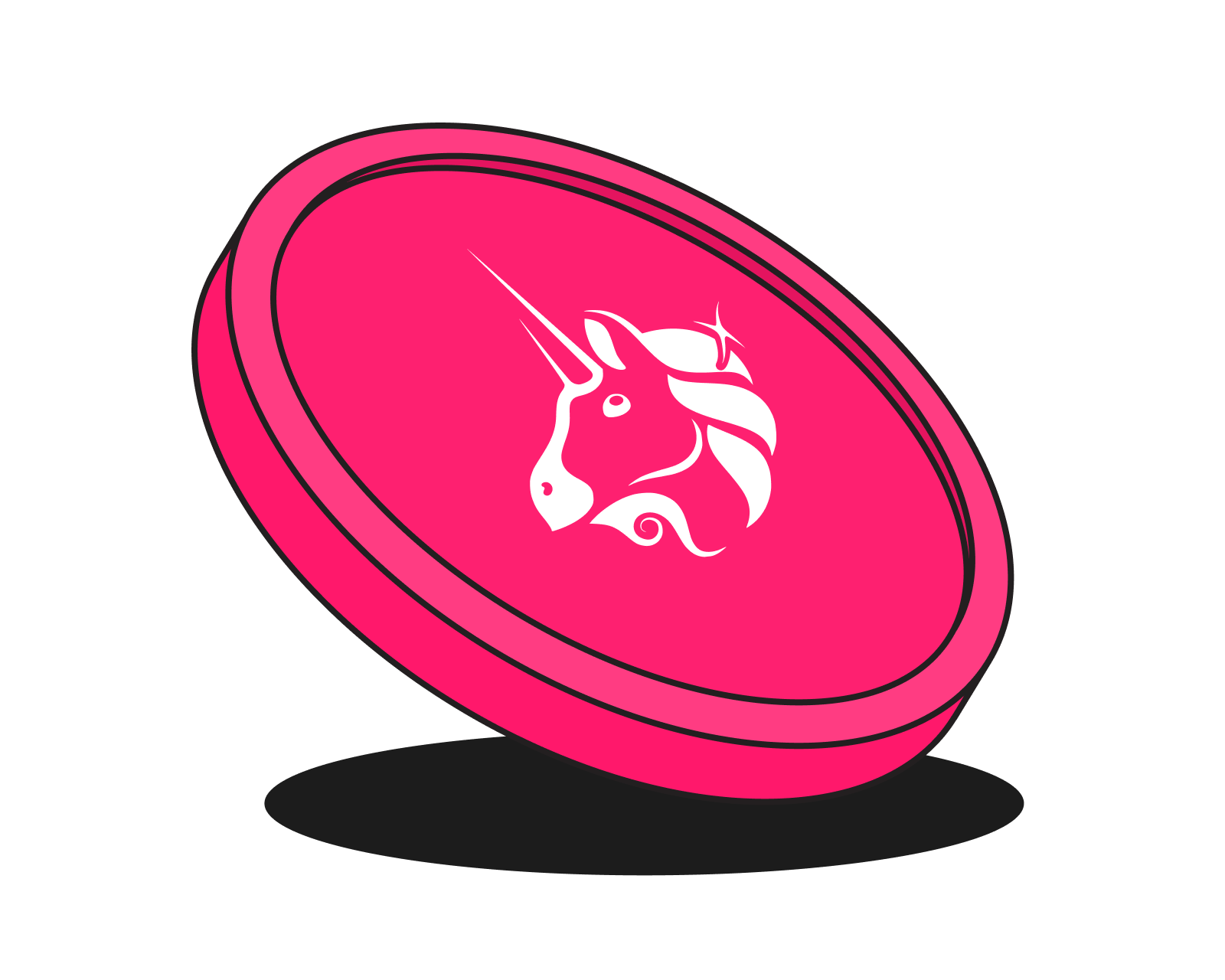
Table of Contents
What is Uniswap?
Uniswap is one of the most widely used decentralized exchanges (DEXs) in the world, allowing anyone to swap cryptocurrencies directly from their wallets - no sign-ups, no centralized intermediaries. Built on the Ethereum blockchain, Uniswap is a pioneer in the DeFi (decentralized finance) ecosystem and was the first major platform to introduce the automated market maker (AMM) model.
Unlike centralized exchanges (CEXs), Uniswap allows users to retain full control of their funds at all times. You don’t need to deposit assets into an exchange or rely on a third party. Instead, trades occur directly between users and liquidity pools governed by smart contracts.
How does Uniswap work?
Uniswap enables peer-to-peer trading through smart contracts. Rather than matching buyers and sellers through an order book, Uniswap uses liquidity pools - token pairs deposited by users - to facilitate instant trades.
When a user initiates a swap, they are trading against the pool, not another trader. The price is automatically determined using the constant product formula (x * y = k), ensuring that the product of the two token reserves always remains the same.
Example:
In a USDC/ETH pool, if a user buys ETH with USDC, the ETH supply in the pool decreases, increasing its price. This dynamic pricing mechanism is what powers the AMM model.
History of Uniswap
The design of Uniswap can be traced back to Ethereum co-founder Vitalik Buterin’s October 2016 Reddit post titled "Let's run on-chain decentralized exchanges the way we run prediction markets," which described a prototype of a blockchain-based decentralized exchange.
In late 2017, Hayden Adams, the founder of Uniswap, began developing the protocol based on Buterin’s ideas. At the time, Adams had only recently started learning to code Ethereum smart contracts.
In August 2018, Uniswap received $100,000 in funding from the Ethereum Foundation, and by November 2018, Uniswap v1 was deployed.
- Uniswap v1 allowed only ETH↔ERC-20 trading pairs.
- Uniswap v2 (May 2020) expanded support to ERC-20↔ERC-20 trades.
- Uniswap v3 (May 2021) introduced features like concentrated liquidity, fee tiers, and oracles, significantly improving capital efficiency but making liquidity provision more complex for casual users.
By 2022, Uniswap was already among the top three decentralized exchanges in terms of trading volume.
Fast forward to 2025, the protocol has evolved with Uniswap v4 and the launch of Unichain, making it more efficient, customizable, and multichain than ever before.
Key features of Uniswap
Permissionless and non-custodial
Anyone can access Uniswap using a Web3 wallet like the Bitcoin.com Wallet, swap tokens, or provide liquidity - no registration or KYC required.
Decentralized governance
Uniswap is governed by the community through the UNI token, allowing holders to vote on protocol upgrades and treasury decisions. Learn more in What is Bitcoin governance? and How does governance work in Ethereum?.
Multi-chain expansion
While Uniswap began on Ethereum, it now supports other blockchains and Ethereum Layer 2s, including:
This cross-chain support lowers fees and expands access to DeFi. Learn more in Blockchain Layers Explained.
What’s new: Uniswap v4 and Unichain
Uniswap v4 (launched in early 2025) introduces major innovations to make the protocol more efficient and customizable:
- Hooks: Custom smart contract functions that let developers add features like on-chain limit orders or time-weighted average pricing
- Singleton architecture: Reduces gas fees by consolidating all liquidity pools into a single smart contract
- Customizable fee tiers: Pools can dynamically adjust fees based on volatility or trading volume
Introducing Unichain
Alongside Uniswap v4, the Uniswap Foundation launched Unichain - a unified, cross-chain protocol designed to simplify and streamline the Uniswap experience across all networks.
Unichain aims to:
- Simplify cross-chain swaps so users can easily trade assets across Ethereum, Arbitrum, Optimism, Base, and more
- Standardize governance and liquidity across chains to ensure a consistent user and developer experience
- Make Uniswap truly chain-agnostic, enabling seamless DeFi participation regardless of which network you use
As of July 2025, Unichain accounted for roughly 75% of all Uniswap v4 transaction volume, while Ethereum handled about 15-20%. Unichain also benefits from 1-second block times, ~95% lower gas fees than Ethereum L1, and a TEE-based block builder that protects against MEV (miner-extractable value).
Recent milestones (as of mid-2025)
- Uniswap v4 TVL: Surpassed $1.02 billion on July 27, 2025
- Cumulative trading volume: Crossed $110 billion by late July 2025
- Hooks adoption: Over 2,500 Hook-based pools deployed, with projects like Bunni and EulerSwap each surpassing $1 billion in volume
- UNI token price: Around $8–11 in September 2025
Pros of using Uniswap
- Self-custody - You stay in control of your funds at all times. Learn more about self-custody
- Access to new tokens early - Many new crypto projects debut on Uniswap before listing elsewhere
- Earn trading fees - Add liquidity to earn a portion of the pool’s transaction fees
- Open and transparent - All trades and smart contracts are publicly viewable on the blockchain. Learn about Blockchain Explorers
Risks to consider
- Impermanent loss - You might earn fees as a liquidity provider, but price swings can reduce your total returns compared to holding tokens outright. Learn about impermanent loss
- Smart contract risk - Bugs and exploits can impact DeFi protocols
- Fake or scam tokens - Anyone can list a token on Uniswap. Always verify contract addresses
UNI token: More than governance
The UNI token was launched in 2020 as Uniswap's governance token. UNI holders can:
- Vote on protocol changes and treasury spending
- Shape development priorities
- Propose upgrades to fee structures or supported chains
Note: UNI is not currently distributed as a reward for providing liquidity.
You can purchase UNI or swap into UNI using the Bitcoin.com Wallet app.
How to use Uniswap
- Connect a wallet like the Bitcoin.com Wallet or MetaMask
- Choose the token pair you want to swap
- Set slippage tolerance, review the price, and confirm the trade
- Approve the transaction in your wallet and wait for confirmation
For step-by-step guidance, see How to use a DEX
Alternatives to Uniswap
Uniswap popularized the DEX model, but there are now many platforms offering similar services:
- SushiSwap
- PancakeSwap (BSC-based)
- Curve Finance (optimized for stablecoin swaps)
- Balancer (multi-token liquidity pools)
Compare features in Best Decentralized Exchanges (DEXs)
Final Thoughts
Uniswap has grown from a simple Ethereum-based DEX into one of the most influential platforms in decentralized finance. By pioneering automated market makers, it changed how crypto trading works forever. With the launch of Uniswap v4 and Unichain, the protocol is pushing DeFi toward a more efficient, cross-chain future.
For traders, Uniswap continues to provide permissionless access to thousands of tokens. For developers, its modular design opens the door to new financial applications. And for the broader crypto ecosystem, it shows how decentralized systems can scale without sacrificing openness or user control.
As of 2025, Uniswap remains a leader in decentralized trading - and its innovations suggest it will keep shaping the next era of DeFi.
Related guides
Start from here →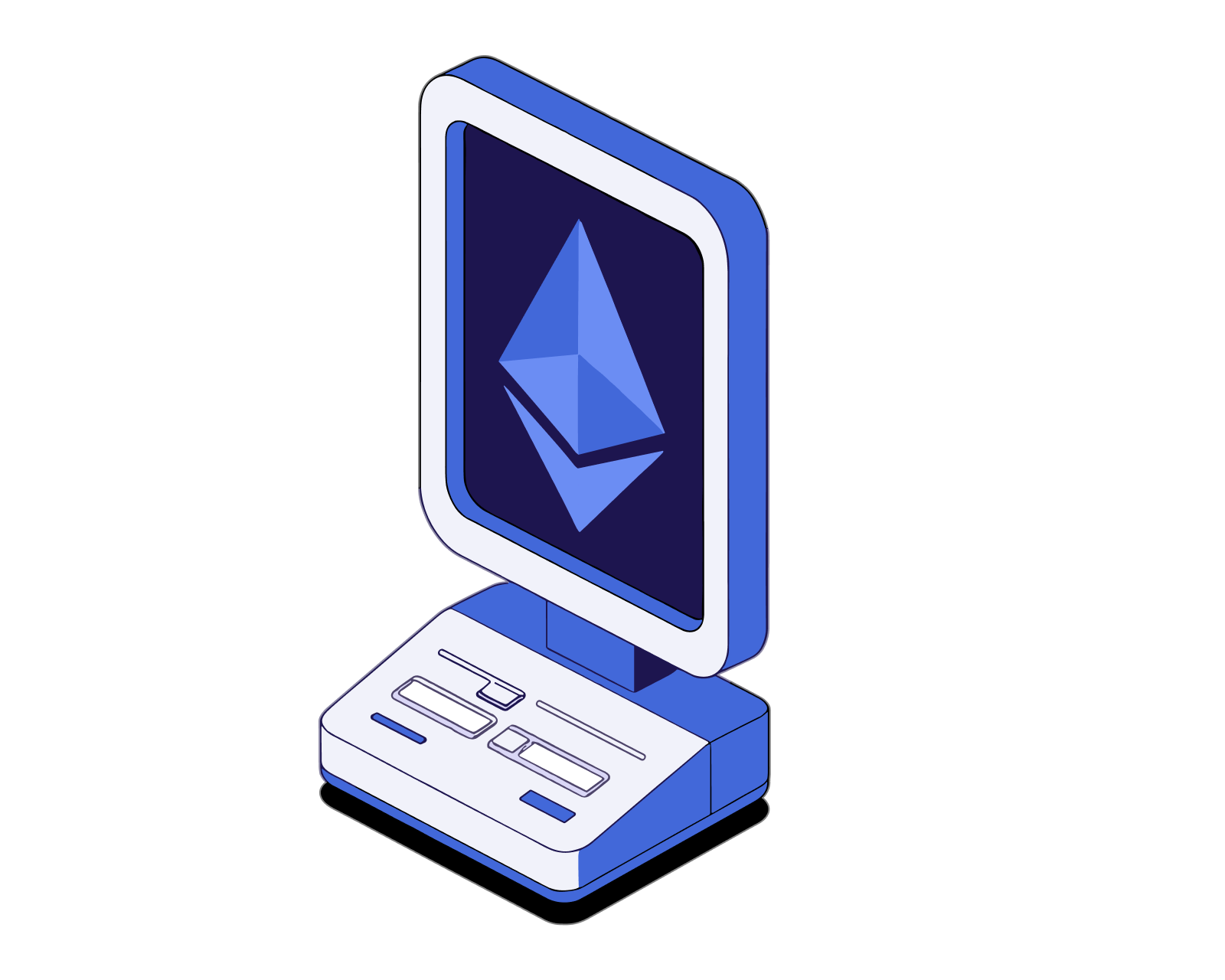
What is DeFi?
Learn what makes decentralized finance (DeFi) apps work and how they compare to traditional financial products.
Read this article →
What is DeFi?
Learn what makes decentralized finance (DeFi) apps work and how they compare to traditional financial products.
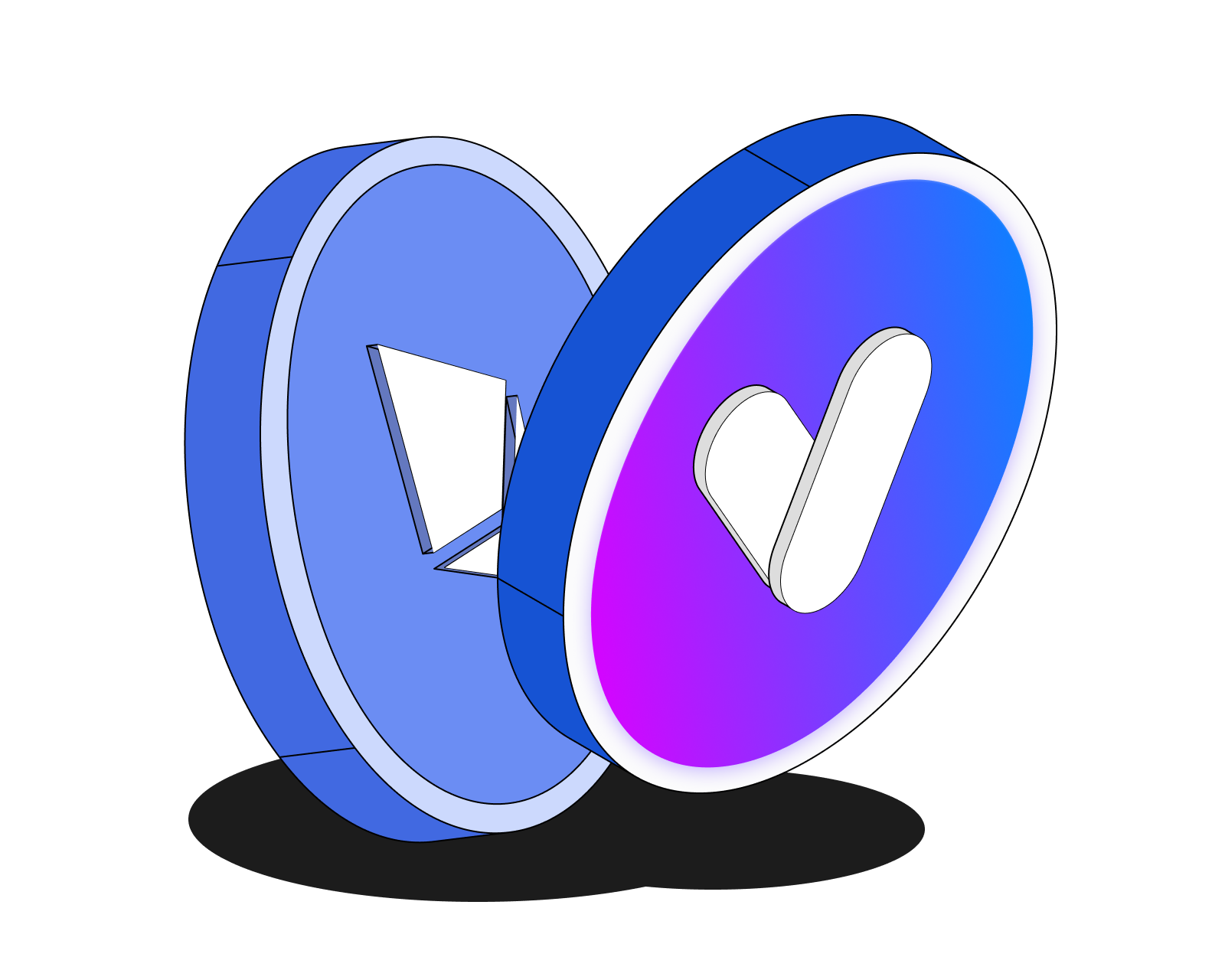
What's a dApp?
Discover what dApps are, how they work, advantages and disadvantages, and more.
Read this article →
What's a dApp?
Discover what dApps are, how they work, advantages and disadvantages, and more.
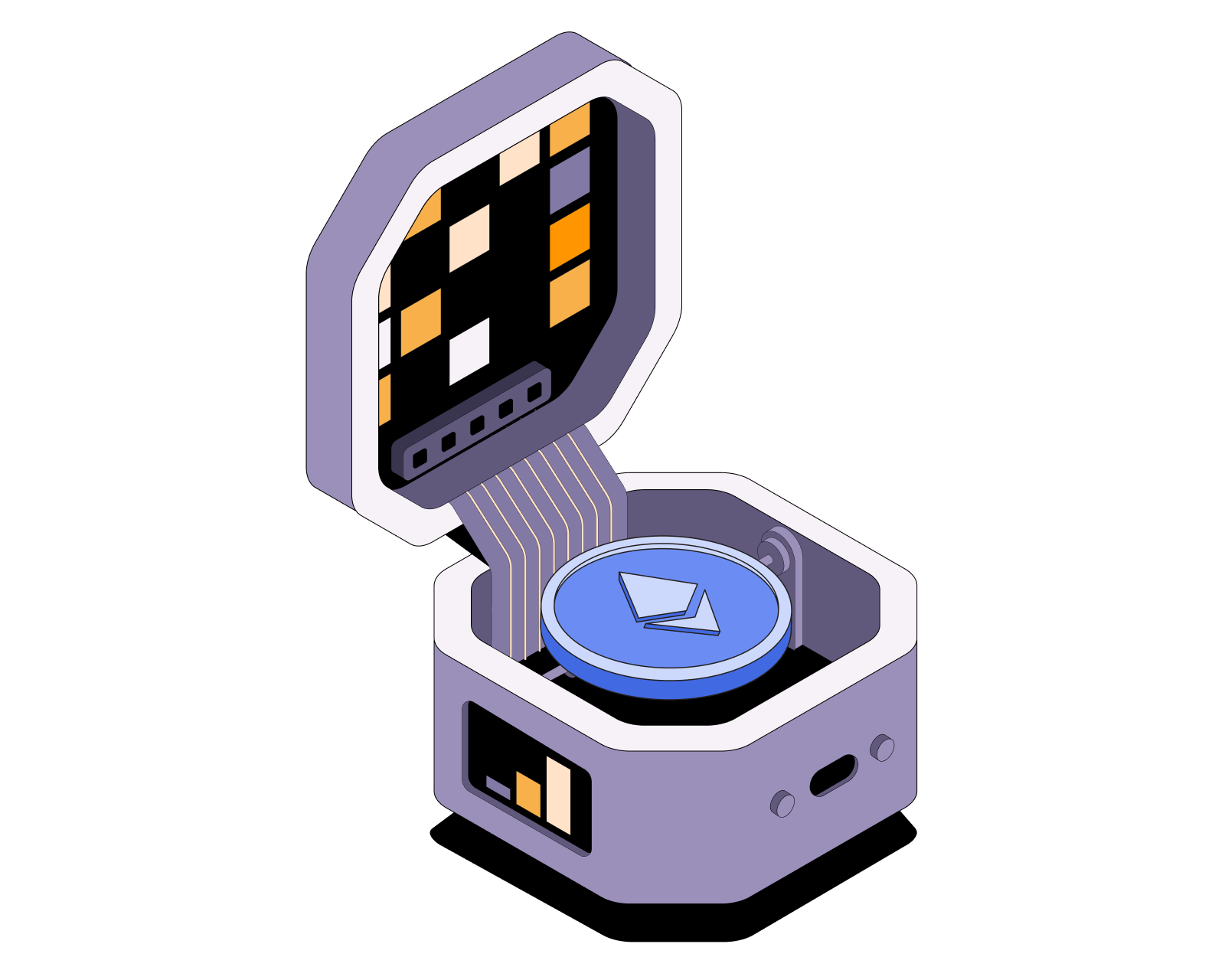

What is Ethereum?
Understand Ethereum's key characteristics.
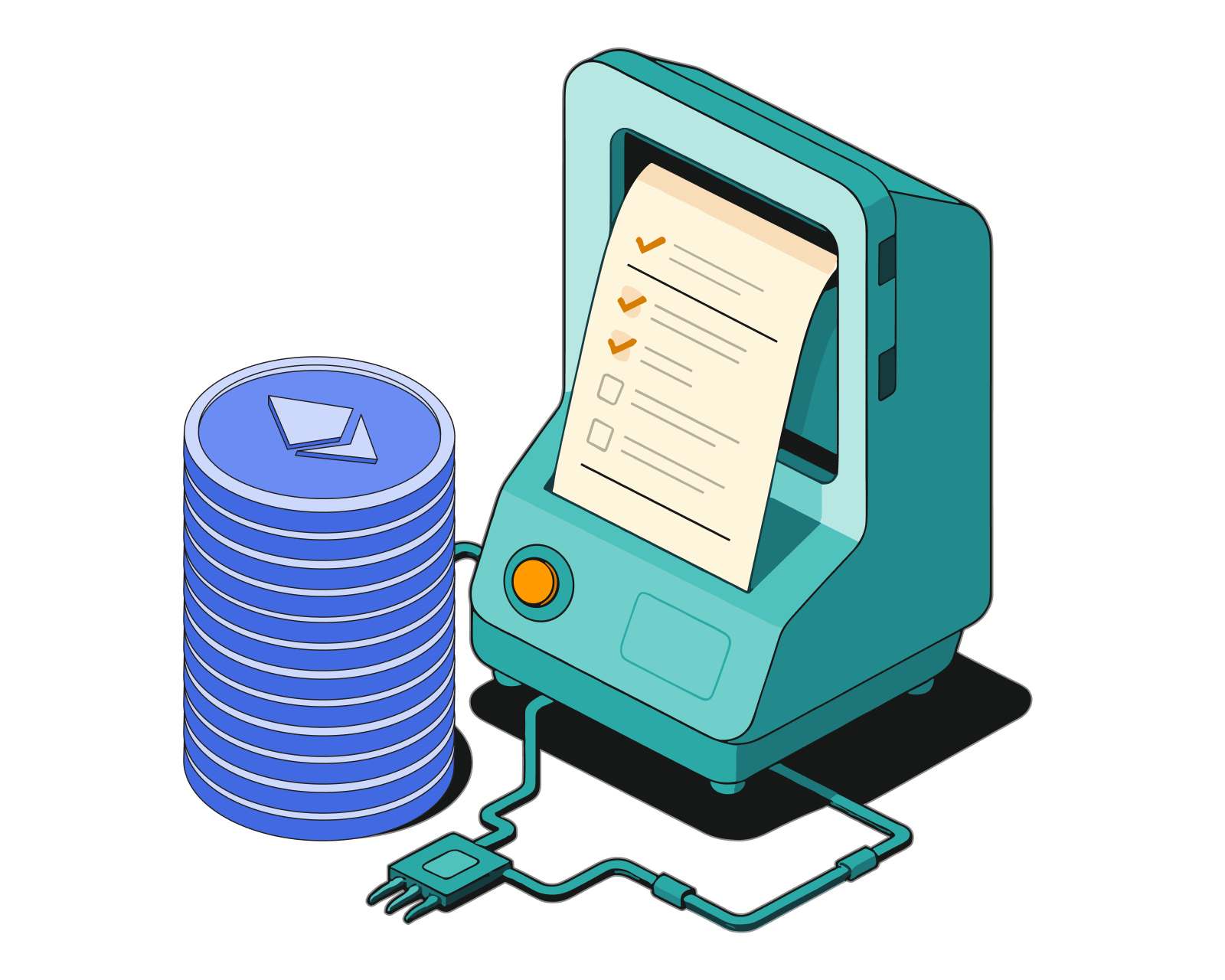
What are ERC-20 tokens?
Learn the basics of the Ethereum token standard, what ERC-20 tokens are used for, and how they work.
Read this article →
What are ERC-20 tokens?
Learn the basics of the Ethereum token standard, what ERC-20 tokens are used for, and how they work.
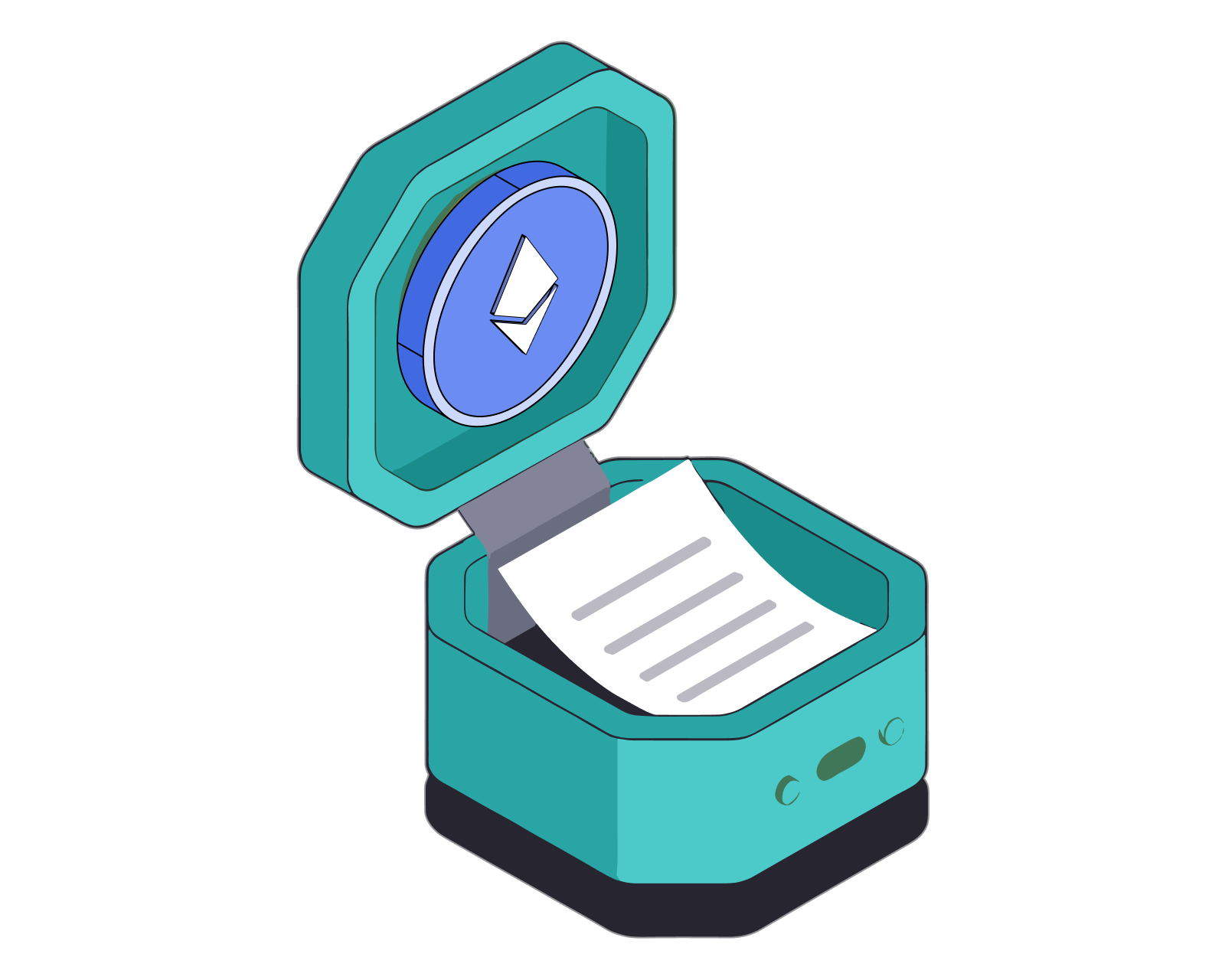
What's a smart contract?
Get the basics on the "software" that runs on decentralized networks.
Read this article →
What's a smart contract?
Get the basics on the "software" that runs on decentralized networks.
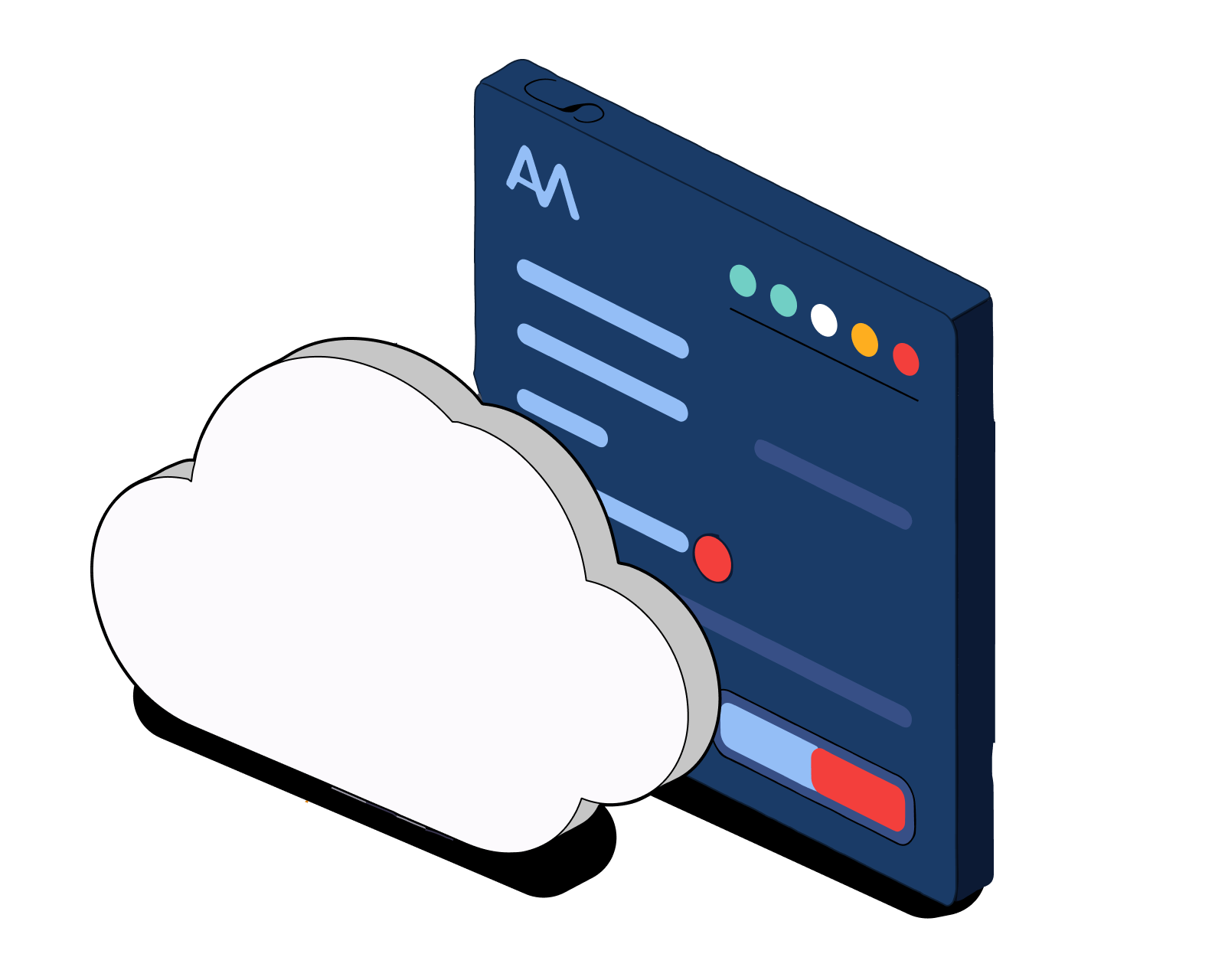
What is APY?
APY stands for annual percentage yield. It is a way to calculate interest earned on an investment that includes the effects of compound interest.
Read this article →
What is APY?
APY stands for annual percentage yield. It is a way to calculate interest earned on an investment that includes the effects of compound interest.
STAY AHEAD IN CRYPTO
Stay ahead in crypto with our weekly newsletter delivering the insights that matter most
Weekly crypto news, curated for you
Actionable insights and educational tips
Updates on products fueling economic freedom
No spam. Unsubscribe anytime.
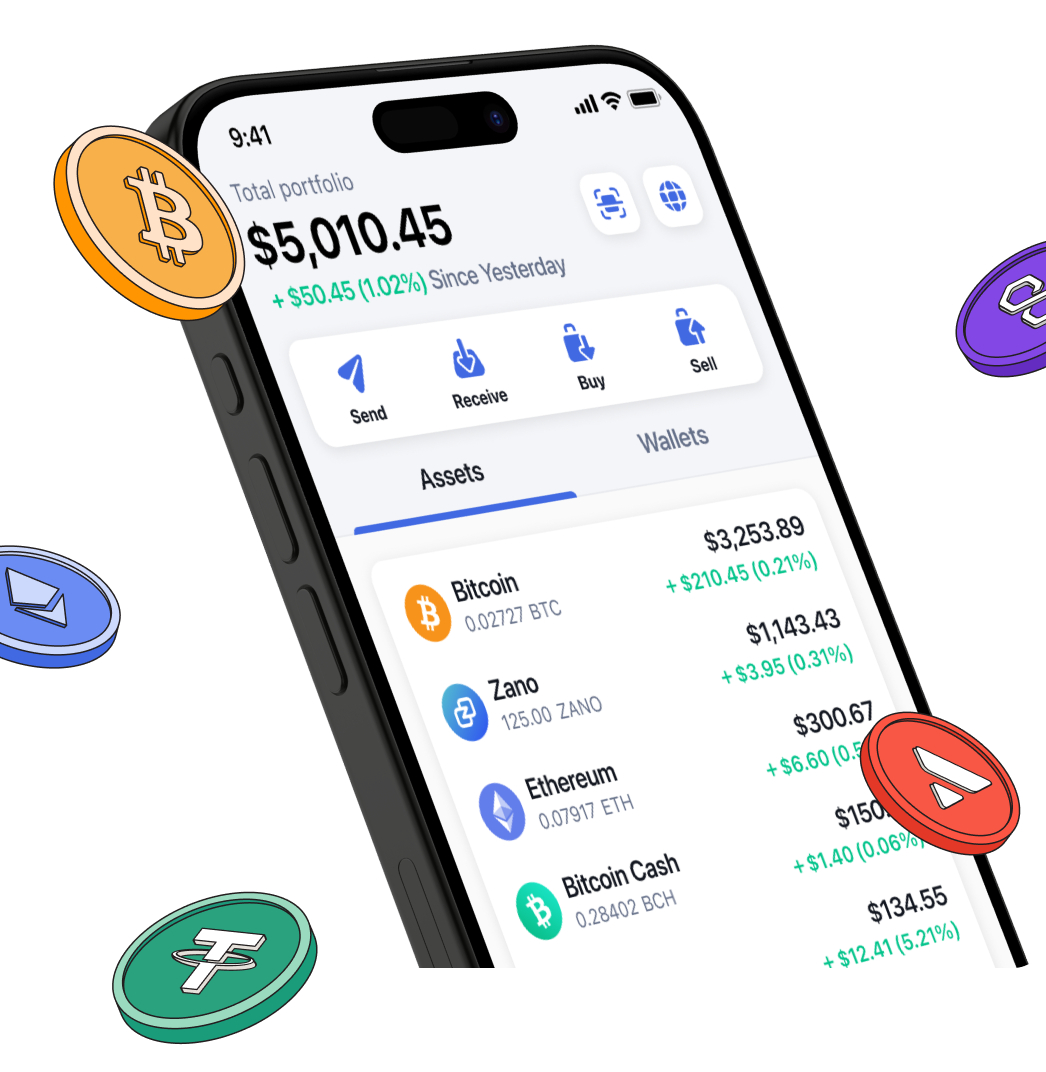
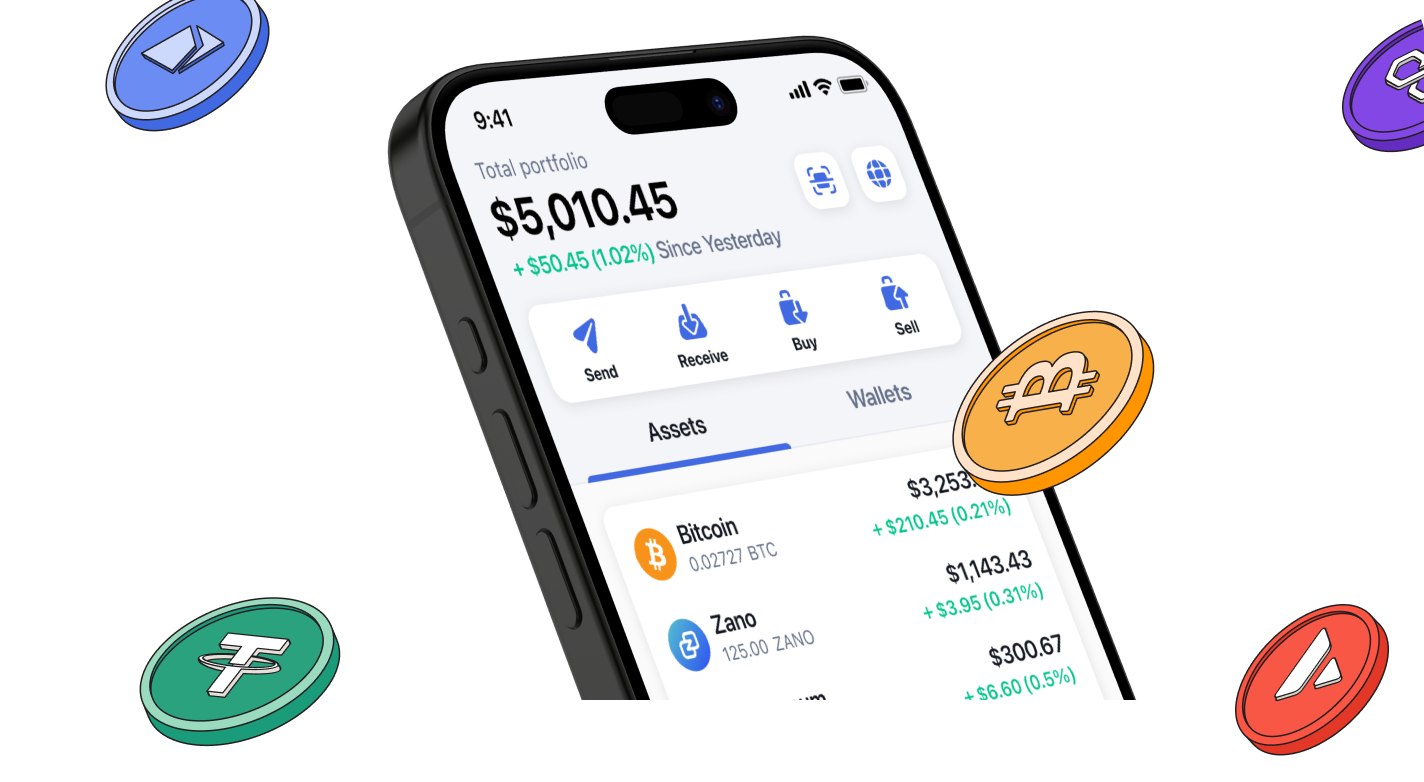
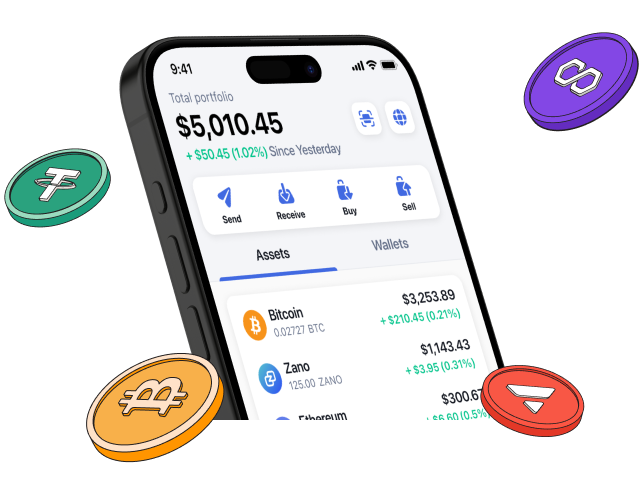
Start investing safely with the Bitcoin.com Wallet
Over wallets created so far
Everything you need to buy, sell, trade, and invest your Bitcoin and cryptocurrency securely

© 2025 Saint Bitts LLC Bitcoin.com. All rights reserved


